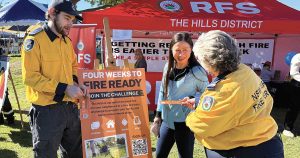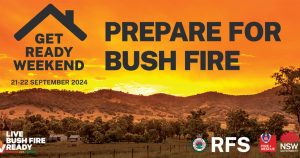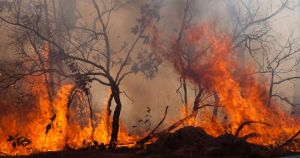Whilst reading this magazine, it is almost certain that the reader has realised that there exists an extensive range of opportunities to capture memorable images of the local region’s bushland environment using their camera. Whether a professional or part time photographer, there is often disappointment when something unusual is missed because of leaving the camera at home.
The type and style of camera is up to each individual. It can range from a simple “point and shoot” compact camera, through the many models of smart phones, all the way to the more complex DSLR (Digital Single Lens Reflex) cameras often associated with the more serious photographer.

Being aware of the capabilities of your camera can often govern the success of the result. With subjects such as tiny insects and small flowers, it is better not to get too close due to the focal length of the camera’s lens. An out of focus image can be the result. It is better to stand back a little then zoom in until the subject fills the viewfinder window. Confidence in using the macro function to show the finer detail when in a close-up situation will be most rewarding.
There are a myriad of subjects that can be “discovered”, simply by looking carefully in all directions (up, down, left, right) when walking through bushland habitats. Flowers, trees, rocks, watercourses, fungi, birds, reptiles, animals, and insects can all present the photographer with a noteworthy, even unusual opportunity to record something which is unique to that occasion.
Transferring images from the camera to a computer allows for an almost inexhaustible set of processing tools that permit many enhancements to be applied to the original image.
Further reading on this subject is available
by entering the following web address into your browser:
http://online.fliphtml5.com/awdd/zgvo/
– LACHLAN TURNER




